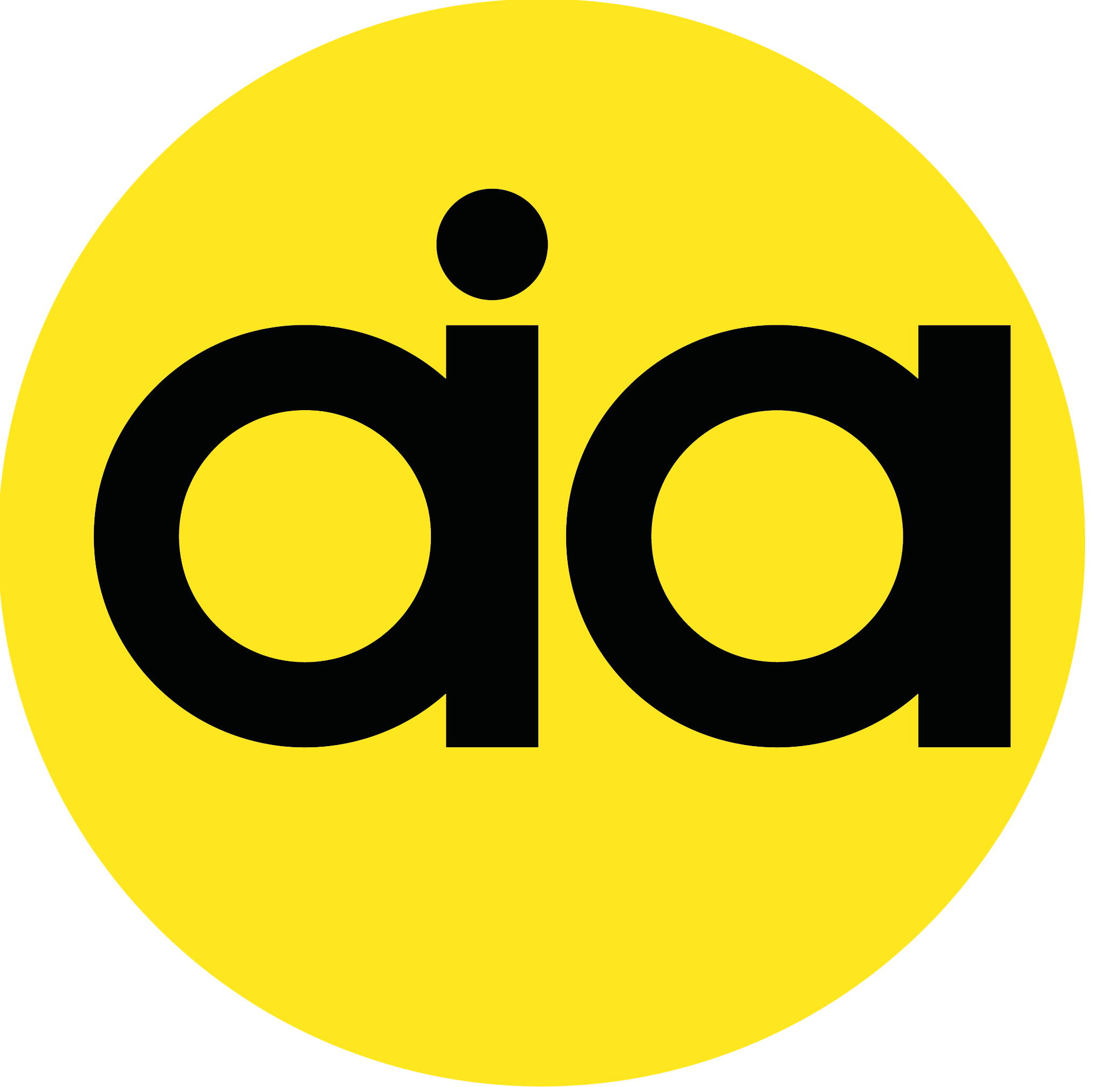
Embracing AI in Design: An Interview with Robert Weitz on Innovation, Creativity, and the Future of Architecture
Interview with Robert Weitz
Founding partner and Creative Director at Fahrenheit Studio
Marina Del Rey, California

1.Can you introduce yourself and your background in architecture or design?
“I’m Robert Weitz, Founding partner and Creative Director at Fahrenheit Studio in Marina del Rey, California. My career began with musical instruments and fine woodworking, then evolved to designing at a large architectural firm. As a pioneer in 3D imaging, I have over 30 years of experience building brands for global companies like Universal Music Group, EMI, Virgin Records, and IBM. My work extends to designing both virtual and real spaces for corporate clients, including designing the first all-digital recording studio, from its
brand to furniture.”
2.How do you integrate AI into your creative or design process?
“I actively explore and incorporate AI into my creative process, sharing AI-generated artwork on my Instagram @boboliniart. Generative AI has freed me to explore new ways to tell a client’s story in both built and virtual environments. It serves as a powerful extension of imagination, allowing quick visualization of improbable and difficult-to-imagine concepts.”
Citrus College Theater Arts

3.What are your thoughts on AI-generated architecture competitions and their impact on the industry?
“Architectural competitions incorporating AI are crucial for advancing our industry’s adoption of these technologies. With 46% of architects already using AI tools and 24% planning to incorporate them, these competitions serve as platforms for innovation and learning, demonstrating practical applications while fostering healthy competition.”
4.Can you share a specific project where AI was a key tool in the design or visualization process?
“I’ve been working with AI imaging for about a year, evolving from basic image creation to immersive storytelling. My current project, Shoshin, integrates story and environment into one cohesive experience. It demonstrates a holistic approach to design, using generative AI throughout the entire process—from messaging and brand identity to interior imaging, immersive walk-throughs, and animated video.”
5.What advice would you give to architects or designers who are looking to explore AI in their work?
“You won’t lose your job to AI, but you may lose it to an architect or designer who uses AI. Having experienced the transition from pen on mylar to digital design, I can say that staying informed and educated is critical. AI is powerful and here to stay—get on top of the wave through education and practice or drown. The urgency is clear: 80.5% of AEC professionals plan to use digital tools, including AI.”
6.What tools or software do you find most useful for AI-driven design?
Various LLMs, Leonardo.ai, Midjourney, Runway.ai, Vectorworks, Twinmotion, and Adobe Suite. I’m constantly exploring new AI technologies to enhance my design capabilities and workflow. My diverse interests have always driven me to explore new areas, even when not immediately profitable. Generative AI has provided the freedom to push the boundaries of design in both physical and digital spaces.
Follow Robert on Instagram for more creative Ai-Assisted designs: @boboliniart
